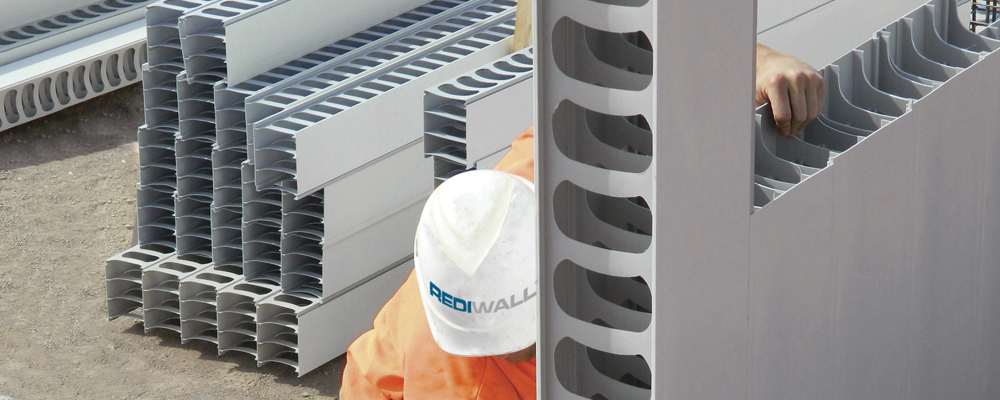
PVC Fire Performance Characteristics
The increasing use of PVC in the construction and furnishing of buildings over the last 60 years has led to a thorough assessment of its fire performance.
In a fire, the distinguishing characteristics of rigid PVC are:
- a low natural combustibility,
- the high temperature required to ignite it,
- slow flame spread, and
- its failure to continue to burn in the absence of a flame source
Although PVC will provide a source of carbon fuel to a fire once it has started, it will self-extinguish if the external heat or flame source is removed because of the chlorine present in PVC. This is a significant positive for fire safety.
Additives may change the performance of flexible PVC in a fire. Some plasticisers, for instance may increase the material’s impact during a fire. Alternatively, many flexible PVC products are modified with fire retardants, increasing their safety.
Fire Toxicity
Burning PVC releases a heavy smoke. Nevertheless, the toxicity of PVC emissions from accidental building fire is no worse than many other common materials. The most important product in any fire, after heat, is carbon monoxide (CO), which is produced by all organic materials when they burn. Heat and carbon monoxide are by far the major cause of building fire deaths.
Another dangerous gas is hydrogen cyanide (HCN) produced, not from PVC, but from nitrogen-containing materials such as some natural fibres.
The two most common irritant gases produced in fires are acrolein (from both natural and synthetic materials such as wood) and hydrogen chloride (HCl), from chlorine-containing materials, including PVC. Hydrogen chloride has a very pungent odour and is therefore quickly detected. At the levels encountered in building fires, hydrogen chloride remains an irritant and is not lethal. However, it may become corrosive to other materials when in contact with moisture.
The overall toxicity of emissions from PVC in a building fire is comparable to that of some hardwood timbers.
Newly developed PVC formulations e.g. Flame Retardant PVC (FR-PVC) have significant benefits in terms of lower acid emissions, smoke generation and enhanced fire resistance.
To our knowledge, no building fire fatality has ever been attributed to PVC by building fire authorities.






